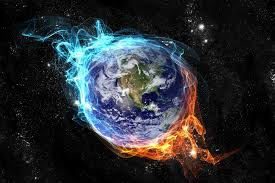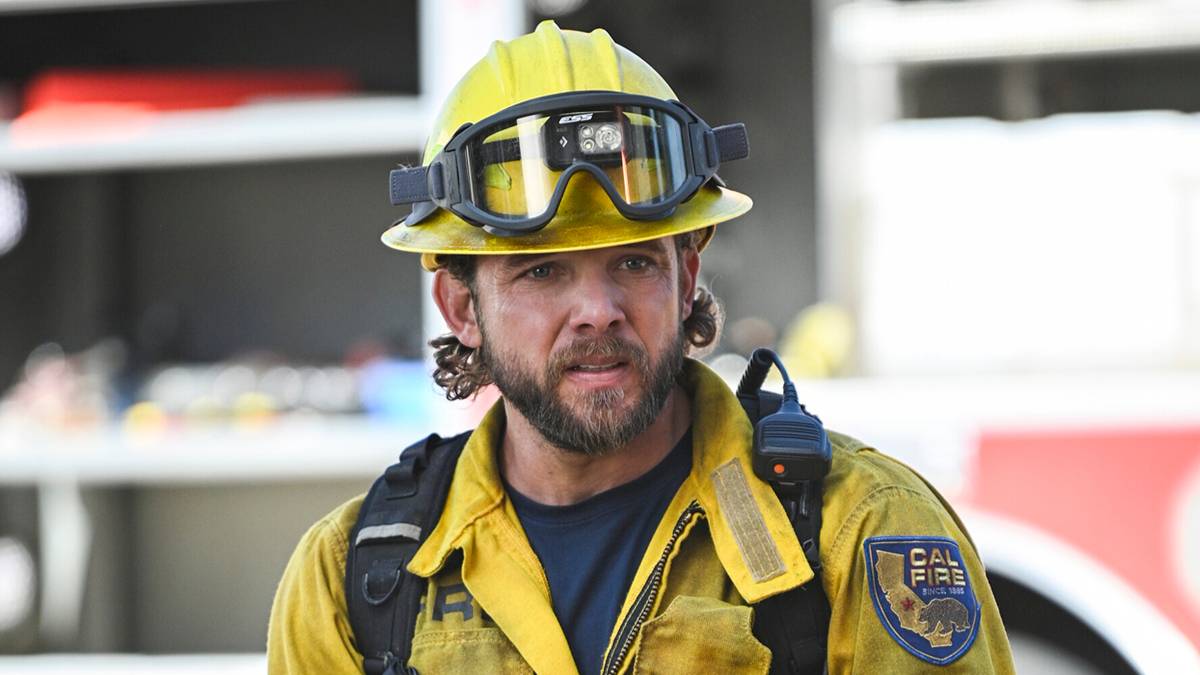Is our planet doomed? The truth about climate change
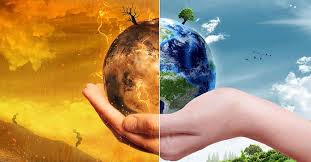
The Truth About Climate Change
Climate change is no longer a prediction for the future, it is the reality of the present, Rising temperatures, melting ice, destructive floods, prolonged droughts, and unpredictable weather patterns are proof that the earth’s climate system is undergoing serious transformation, Yet, while the situation is severe, it is not entirely hopeless, Understanding what is happening, why it is happening, and what can be done helps determine whether we are heading toward irreversible destruction or if there is still time to change course.
Climate change refers to long-term shifts in temperature, rainfall, wind patterns, and other aspects of the earth’s climate system,The earth has always experienced climate variations, but the current changes are different because they are primarily driven by human activities, Industrialization, the burning of fossil fuels, deforestation, and large-scale agriculture have dramatically increased greenhouse gas emissions, particularly carbon dioxide and methane. These gases trap heat in the atmosphere, causing the earth to warm at a faster rate than it naturally would, This phenomenon is known as global warming, which is a core trigger for broader climate change impacts.
One of the clearest signs of climate change is the rise in global temperatures, The planet is now about 1.2°C warmer than it was in the late 1800s. That might sound small, but even a 1°C rise is enough to disrupt ecosystems and weather systems, Heatwaves
have become more extreme, wildfires have increased in frequency and scale, and some regions now experience record-high temperatures, For example, countries across Africa, Europe, Asia, and North America have reported temperatures above 45°C in the last decade, creating severe public health risks and reducing agricultural productivity.

Consequence of climate change
Rising temperatures, polar ice caps and glaciers are melting at alarming rates, The Arctic is warming almost four times faster than the global average, As ice melts, sea levels rise, threatening coastal cities and island nations, Countries like Bangladesh, Indonesia, and parts of Nigeria’s coastal regions are at serious risk of being underwater in the future, Melting ice also disrupts marine ecosystems, endangering species like polar bears and seals whose habitats depend on ice-covered environments, Furthermore, when glaciers disappear, communities that rely on glacial meltwater for drinking, farming, and hydroelectric power face water shortages.
Climate change also contributes to unpredictable and extreme weather patterns, Heavy rainfall and flooding occur more frequently in some regions, while others suffer intense droughts. In countries dependent on agriculture, these changes are devastating, Crops can fail due to excessive heat or insufficient rainfall, while livestock are threatened by scarce grazing land, Food insecurity becomes a real concern, This situation can lead to economic instability, increased migration, and sometimes conflict over resources, The Sahel region in Africa, for Instance, has experienced worsening droughts that contribute to desertification, pushing farmers and herders into competition for survival.
Ecosystems and wildlife are also deeply affected, Coral reefs, which support nearly a quarter of marine species, are dying due to ocean warming and acidification, Forests experience tree die-offs from heat stress and wildfires, As habitats shift, some species adapt by migrating to new regions, but many cannot adjust quickly enough and face extinction, The loss of biodiversity weakens natural systems that humans rely on for food, medicine, clean water, and oxygen, This creates a chain reaction, destabilizing not just the environment but also human health and livelihoods.
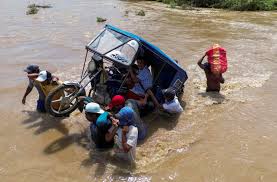
The path towards a sustainable climate
Understanding climate change is not just about identifying environmental problems; it is also about examining the human systems that contribute to it, Modern society relies heavily on fossil fuels, coal, oil, and natural gas for electricity, transportation, and manufacturing, These energy systems release carbon dioxide into the atmosphere, Deforestation, often driven by the need for farmland, timber, or urban development, reduces the number of trees that absorb carbon dioxide, Meanwhile, consumer culture encourages rapid production and disposal, leading to excessive waste and pollution.
While these challenges are serious, the situation is not entirely hopeless, The planet is not doomed by default, Whether the damage becomes irreversible depends on the choices made now, Scientists have stated that limiting global warming to 1.5°C above pre-industrial levels is necessary to avoid the most catastrophic consequences, Achieving this requires urgent and collective action.
Renewable energy is one of the most effective solutions, Solar, wind, hydroelectric, and geothermal power generate electricity with little to no emissions, Many countries are already increasing investment in renewable energy, and the cost of technologies like solar panels has dropped significantly, Transitioning to electric vehicles and improving public transportation can reduce emissions from the transport sector, Energy-efficient appliances, buildings, and industrial systems also play a role in minimizing waste.
Climate Action and Adaptation
Reforestation and sustainable land management are equally critical, Planting trees helps absorb carbon dioxide while restoring ecosystems, Sustainable agriculture practices, such as crop rotation, organic farming, and reduced pesticide use, help preserve soil health and reduce emissions, Protecting forests, wetlands, and oceans ensures that natural systems continue to absorb and store carbon.
Individual actions also matter, Reducing energy consumption, minimizing waste, using reusable products, and choosing plant-based foods more often can collectively lower emissions, Public pressure on governments and businesses is essential as well, Policies that regulate emissions, support clean energy, and protect ecosystems can drive system-level change, Citizens have power through voting, advocacy, and consumer choices.
At the same time, adaptation is necessary, Even with reduction efforts, some level of climate change is already unavoidable, Countries need to build stronger flood defenses, develop drought-resistant crops, improve water management and prepare health systems for heat-related illnesses. Education and awareness are key to helping communities understand risks and adapt effectively.
Humanity’s Responsibility in Shaping the Planet’s Future
The future depends on what is done now. If action is delayed, ignored, or undermined, the consequences will become irreversible, and the earth will experience widespread environmental and humanitarian crises, However, if individuals, governments, businesses, and institutions commit to meaningful climate action, there is still a chance to stabilize the climate and reduce further harm.
Climate change is not just an environmental issue, It is a human issue, It affects food, water, health, migration, the economy, and global security, The responsibility belongs to everyone, and the time for action is now.
The planet is at a crossroads: one path leads to worsening destruction, while the other leads to resilience, balance, and sustainability. Whether we are doomed or not depends on the path chosen.
You may also like...
Idris Elba Finally Embodies James Bond with a Jaw-Dropping Twist!
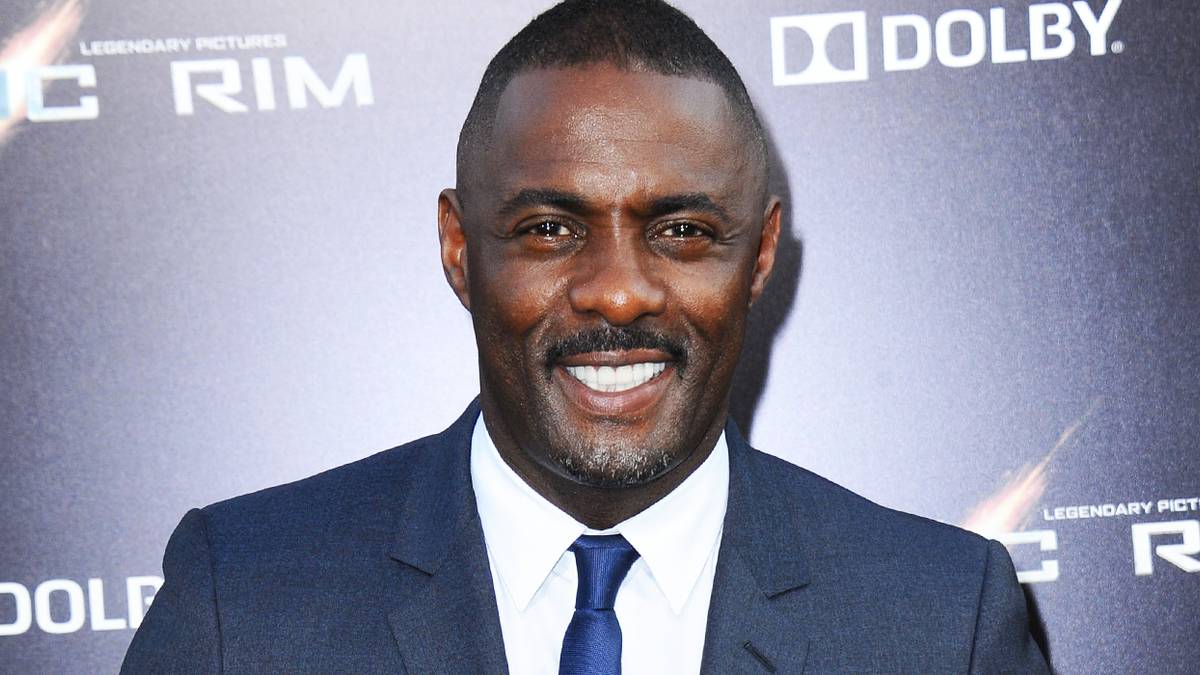
Idris Elba, long speculated for the role of James Bond, has been immortalized in wax at Madame Tussauds London, playfull...
James Gunn's Superman Sequel Casts Brainiac: Who's the New Villain?

German actor Lars Eidinger has been cast as Brainiac in James Gunn's upcoming film, <em>Man of Tomorrow</em>, slated for...
Kenya's Ambitious 'Singapore Dream' Unveiled as Ruto Delivers 4,500 Homes

President William Ruto has handed over keys to 4,500 beneficiaries of the Affordable Housing Programme at New Mukuru, Na...
Fire Country Showrunner Unveils Explosive Romance, Higher Stakes After Shocking Finale!

The Fire Country Season 4 midseason finale, "Who Owns the Dirt," masterfully converged major storylines, challenging cha...
Davido Set to Ignite AFCON 2025! Superstar Headlines Kick-off Concert in Morocco

Afrobeats superstar Davido is set to headline the 2025 Africa Cup of Nations (AFCON) official kick-off concert in Rabat,...
Obama's 2025 Playlist Revealed! African Superstars Burna Boy, Olamide & More Shine

Former US President Barack Obama has released his 2025 playlist, prominently featuring several Nigerian Afrobeats stars ...
Dietitian's Secret Weapon: 8 Ways Cottage Cheese Boosts Protein!
:max_bytes(150000):strip_icc()/ways-to-use-cottage-cheese-11857099-final-51070d5dcca7424a83fc5fdba929d8fa.jpg)
Cottage cheese is gaining popularity as a protein-rich, versatile food, offering 23.5 grams of protein per cup along wit...
Unlock Your Protein Potential: 8 Dietitian-Approved Cottage Cheese Boosts
:max_bytes(150000):strip_icc()/ways-to-use-cottage-cheese-11857099-final-51070d5dcca7424a83fc5fdba929d8fa.jpg)
Cottage cheese, a high-protein food packed with vitamins and minerals, is gaining popularity for its versatility. Dietit...


